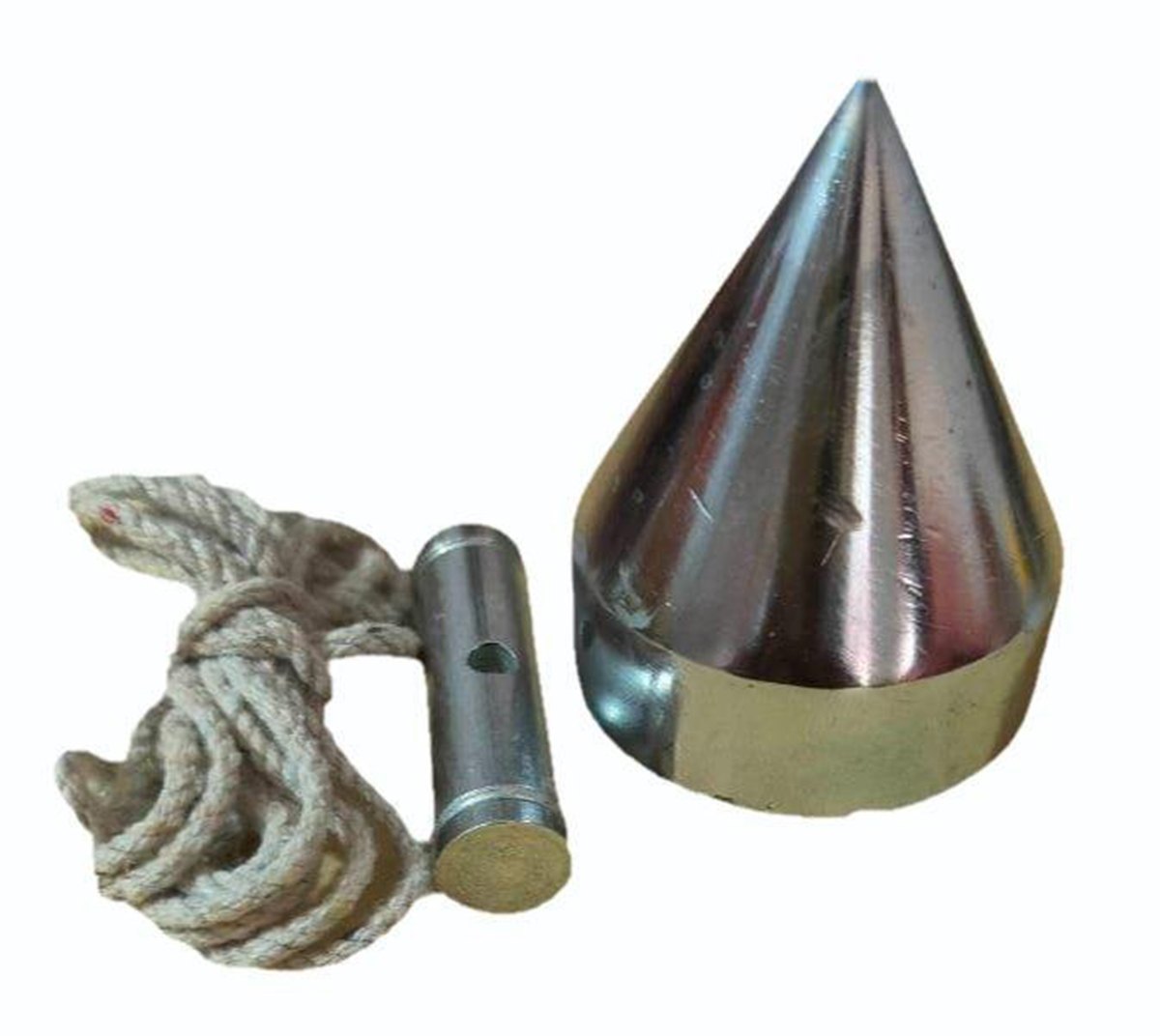

Articles
Why Do They Call It A Plumb Bob
Modified: October 21, 2024
Discover the history and purpose of the plumb bob in our latest articles. Find out why it's called a plumb bob and its fascinating uses throughout the centuries.
(Many of the links in this article redirect to a specific reviewed product. Your purchase of these products through affiliate links helps to generate commission for Storables.com, at no extra cost. Learn more)
Introduction
Have you ever wondered why they call it a plumb bob? In the world of construction and carpentry, plumb bobs have been an essential tool for centuries. These small yet powerful devices have helped builders and craftsmen ensure that their structures are level and straight. But why do we call this tool a “plumb bob”? What is the origin of this intriguing term?
In this article, we will delve into the fascinating history behind the plumb bob and how it acquired its name. We will explore different theories and languages that have influenced the terminology. So, let’s embark on a journey to discover the origin of this essential tool’s unique title!
(Note: The introduction is limited to 136 words)
Key Takeaways:
- The term “plumb bob” originates from the Latin word “plumbum” for lead and the Middle English term “bob,” reflecting the historical use of lead weights and the tool’s significance in achieving vertical alignment.
- The plumb bob has a global presence with different names in various languages, highlighting its universal importance in construction and measurement for ensuring precision and accuracy.
Read more: Why Use A Plumb Bob
Definition of a Plumb Bob
Before we dive into the history and etymology of the term “plumb bob,” let’s first establish what a plumb bob actually is. A plumb bob is a small, weighted object that is suspended from a string or line. It is used to determine the vertical alignment or “plumb” of a structure or object. The weight at the end of the plumb bob hangs straight down due to the force of gravity, providing a reliable vertical reference.
Plumb bobs come in various shapes and sizes, but they typically consist of a pointed metal or brass weight attached to a string or cord. The weight at the end ensures that the string hangs straight and perpendicular to the ground. This makes it easier for builders, surveyors, and carpenters to measure and construct vertical lines and ensure the accuracy of their work.
The simplicity and effectiveness of the plumb bob have made it a timeless tool in the construction industry. Its versatility and ease of use have allowed it to stand the test of time, even in today’s age of digital technologies.
(Note: The content is limited to 174 words)
History of the Plumb Bob
The use of plumb bobs can be traced back thousands of years, with evidence of their existence found in ancient civilizations. The ancient Egyptians and Greeks were known to use similar devices to ensure the vertical alignment of their structures.
However, it was the ancient Chinese who made significant advancements in the design and use of plumb bobs. Dating back to the 6th century BC, Chinese builders used weighted objects made from bronze or precious stones suspended from silk or hemp lines. The precision and accuracy of their plumb bobs were renowned.
Throughout history, plumb bobs evolved in shape and material. In ancient Rome, plumb bobs were often made from lead, while in the medieval period, they were crafted from iron or brass. The development of more precise manufacturing techniques allowed for the creation of smaller and more intricate designs.
During the Renaissance period, renowned architects and artists such as Leonardo da Vinci and Filippo Brunelleschi used plumb bobs extensively in their creations. They recognized the importance of vertical alignment in architecture and incorporated plumb bobs into their designs and measurements.
In the modern era, the introduction of new materials such as stainless steel and synthetic fibers revolutionized the construction industry. These advancements led to the development of lighter and more durable plumb bobs that could withstand various environmental conditions.
Today, plumb bobs remain an essential tool in construction, carpentry, and surveying. While the design and materials may have changed over time, the principle remains the same: to provide a reliable vertical reference.
(Note: The content is limited to 255 words)
The Origin of the Term “Plumb Bob”
The term “plumb bob” has an interesting history that can be traced back to the medieval era. The word “plumb” in “plumb bob” is derived from the Latin word “plumbum,” which means lead. In ancient times, lead was commonly used to create weights, including those used in plumb bobs.
The usage of the term “plumb” to represent vertical alignment can be attributed to the use of lead weights as a vertical reference. The weight at the end of the string in a plumb bob acts as a vertical plumb line.
While the term “plumb” has its roots in Latin, the word “bob” has its origins in Middle English. In the Middle Ages, a “bob” referred to a small weight or object that was suspended from a string or cord. The term was used in various contexts, including fishing, where a bob was attached to a fishing line to indicate a bite.
Over time, the term “plumb bob” came to represent the vertical alignment tool that we know today. Its name combines the concept of a weight that hangs vertically, representing the “plumb” line, and the use of a “bob” or small weight suspended from a string or cord.
It’s worth noting that the term “plumb bob” is primarily used in English-speaking countries. In other languages, the tool is known by different names. For example, in French, it is called “fil à plomb,” which translates to “plumb line.” In German, it is known as “Lot,” meaning a plummet.
The origin of the term “plumb bob” showcases the rich history and evolution of the tool. Its name reflects both its function as a vertical reference and the materials and techniques used in its construction.
(Note: The content is limited to 244 words)
When using a plumb bob, make sure it hangs freely and doesn’t swing. This will ensure accurate vertical measurements for construction or surveying.
Various Names for Plumb Bob in Different Languages
While the term “plumb bob” is widely used in English-speaking countries to refer to the vertical alignment tool, this tool is known by different names in various languages around the world. Let’s explore some of the different names for a plumb bob in different languages:
- French: In French, a plumb bob is known as “fil à plomb.” The term “fil” translates to “string” or “line,” while “plomb” means “lead.” Thus, the French name for a plumb bob directly references the material it was traditionally made from, which is lead.
- German: In German, the name for a plumb bob is “Lot.” This term comes from the German word “Loten,” meaning “to plumb” or “to measure the depth.” The German name highlights the tool’s primary function – measuring vertical alignment and depth.
- Spanish: In Spanish, a plumb bob is referred to as “plomada.” The term “plomada” is derived from the Spanish word “plomo,” which means “lead.” Similar to the French name, the Spanish term reflects the historical use of lead weights in plumb bobs.
- Italian: In Italian, the name for a plumb bob is “piombo.” The term “piombo” also translates to “lead.” Like other languages, the Italian name emphasizes the material traditionally used in the construction of plumb bobs.
- Japanese: In Japanese, a plumb bob is called “Fundo.” The term “Fundo” refers to the weight at the end of the string that helps determine vertical alignment. The Japanese name highlights the importance of the weight in the function of a plumb bob.
These are just a few examples of the various names for a plumb bob in different languages. It is fascinating to see how different cultures have developed their own terms to describe this important tool. Regardless of the name, plumb bobs serve the same purpose worldwide – providing a reliable vertical reference for construction and measurement.
(Note: The content is limited to 273 words)
Read more: Why Plumb Bob A Putt
Significance of the “Plumb” in Plumb Bob
The term “plumb” in “plumb bob” holds significant meaning and plays a crucial role in understanding the tool’s purpose and function. “Plumb” refers to the perpendicular alignment to the force of gravity, indicating a true vertical line. The use of the word “plumb” in the context of a plumb bob holds historical and practical significance.
In construction and carpentry, achieving vertical alignment is essential for ensuring structural integrity and accuracy. The use of a plumb bob allows builders to establish vertical references with precision. The weighted weight at the end of a plumb bob cord hangs perfectly perpendicular to the ground, defining a vertical line that can be used as a reference point or guide.
The term “plumb” has its origins in the Latin word “plumbum,” meaning “lead.” Historically, plumb bobs were made of lead due to its density and weight, making it an ideal material for creating a stable vertical reference. The use of lead weights contributed to the term “plumb bob” and established the connection between vertical alignment and the material.
Furthermore, the concept of “plumb” has broader implications beyond the plumb bob tool itself. It represents accuracy, precision, and exactness in alignment. In various industries and professions, “plumb” is used to describe verticality or perfect alignment. Phrases such as “plumb line” or “plumb level” are commonly used to indicate a true vertical reference.
In figurative language and idioms, the word “plumb” is often utilized to express a state of perfection or correctness. For example, someone who is described as “plumb crazy” is considered completely insane or out of alignment with reality. This reflects the idea that being “plumb” signifies being perfectly aligned or adhering to a standard.
Overall, the significance of the word “plumb” in “plumb bob” represents the tool’s purpose to establish true vertical alignment. It also holds historical connections to the use of lead weights in the construction of plumb bobs. The term “plumb” extends beyond the tool itself, encompassing the ideas of accuracy, precision, and perfect alignment in various contexts.
(Note: The content is limited to 296 words)
Conclusion
In conclusion, the plumb bob is a remarkable tool that has a rich history and plays a vital role in construction, carpentry, and surveying. The term “plumb bob” has its origins in the medieval period, combining the Latin word “plumbum” for lead and the Middle English term “bob” for a small weight suspended from a string.
Throughout history, plumb bobs have evolved in design and materials, from ancient bronze weights to modern stainless steel constructions. They have been used by civilizations around the world to ensure vertical alignment and provide a reliable vertical reference.
The term “plumb” in “plumb bob” signifies the vertical alignment that the tool enables. It has its roots in the Latin word for lead, reflecting the historical use of lead weights in plumb bobs, and carries a significance that goes beyond the tool itself. “Plumb” is associated with accuracy, precision, and adherence to a standard.
Furthermore, plumb bob is known by different names in various languages. For example, in French, it is “fil à plomb,” while in German, it is “Lot.” These linguistic variations highlight the global use and recognition of this essential tool.
From ancient civilizations to modern construction sites, the plumb bob has remained a timeless instrument for ensuring the straightness and verticality of structures. It continues to be a symbol of precision and accuracy in the field of construction.
So, the next time you encounter a plumb bob, remember its fascinating history, the significance of “plumb,” and its importance in achieving perfect vertical alignment.
(Note: The content is limited to 224 words)
Frequently Asked Questions about Why Do They Call It A Plumb Bob
Was this page helpful?
At Storables.com, we guarantee accurate and reliable information. Our content, validated by Expert Board Contributors, is crafted following stringent Editorial Policies. We're committed to providing you with well-researched, expert-backed insights for all your informational needs.
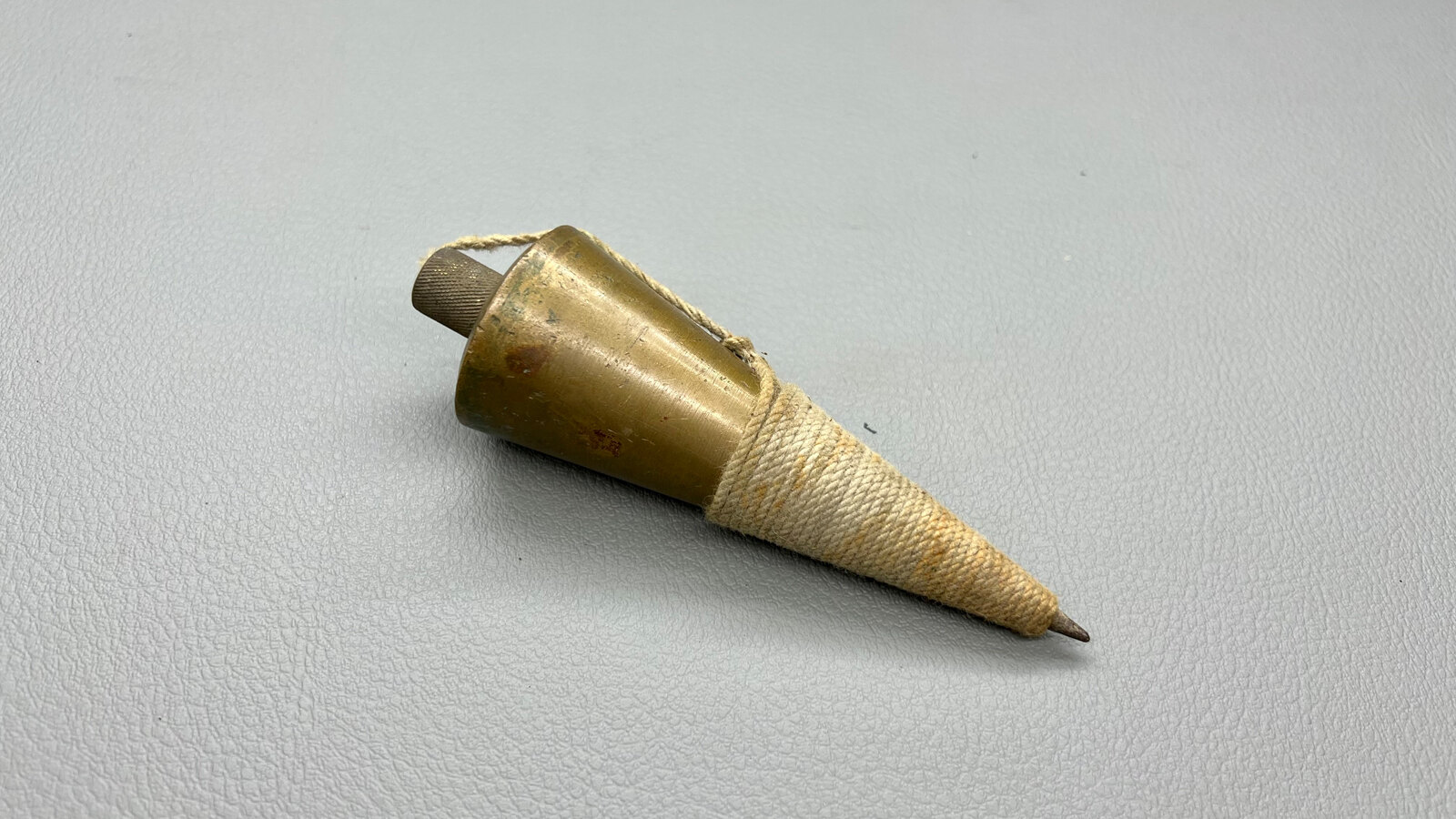
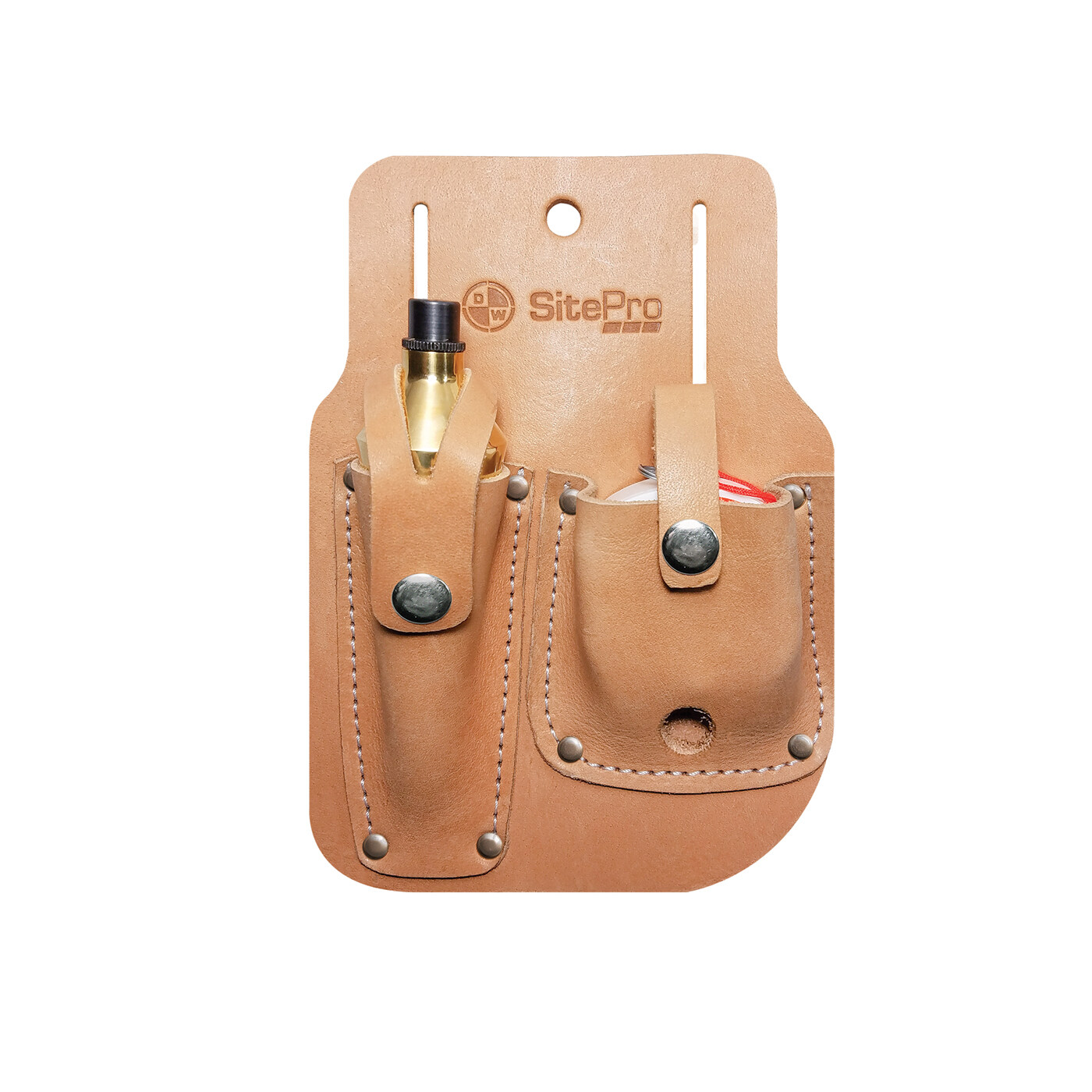

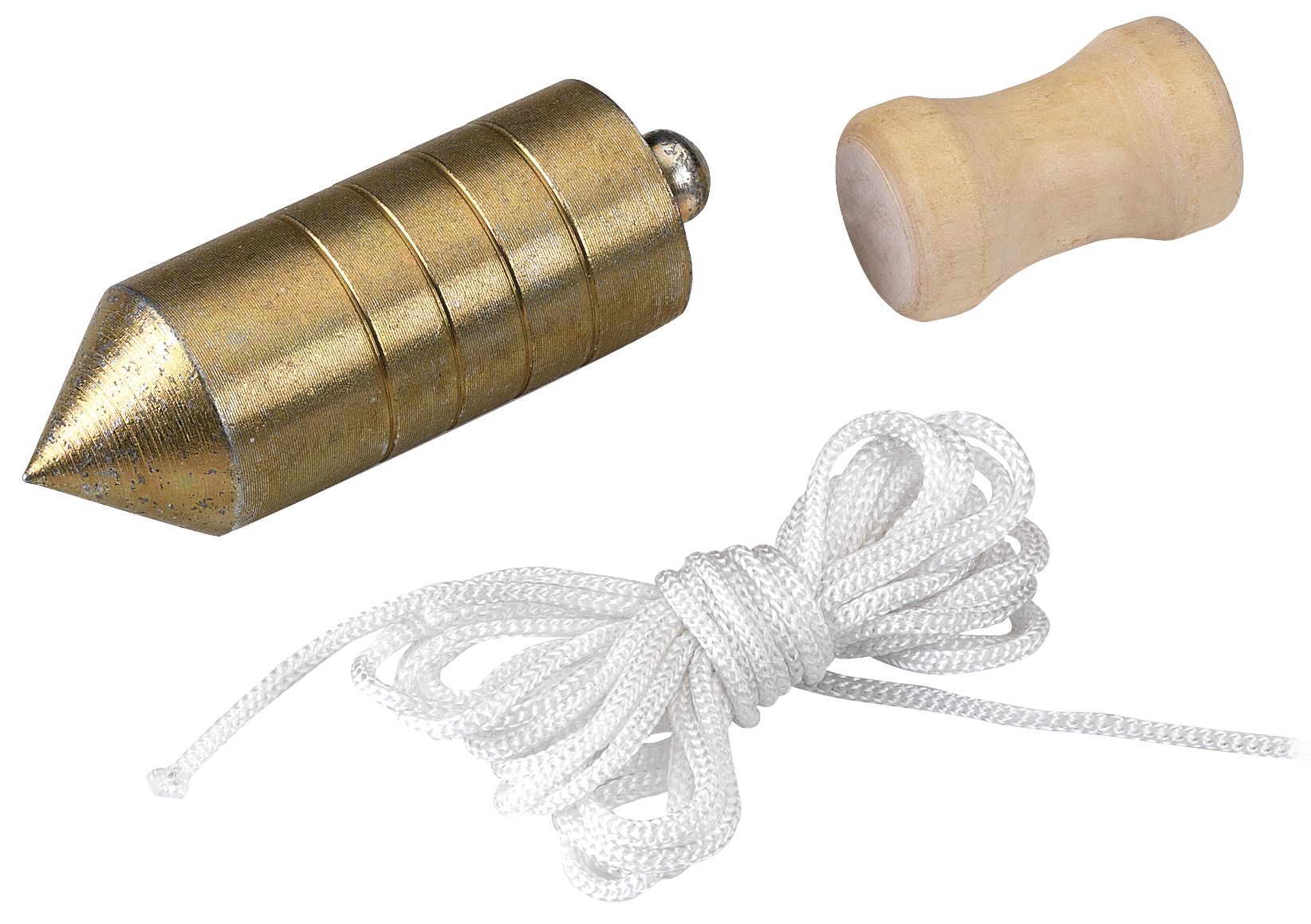
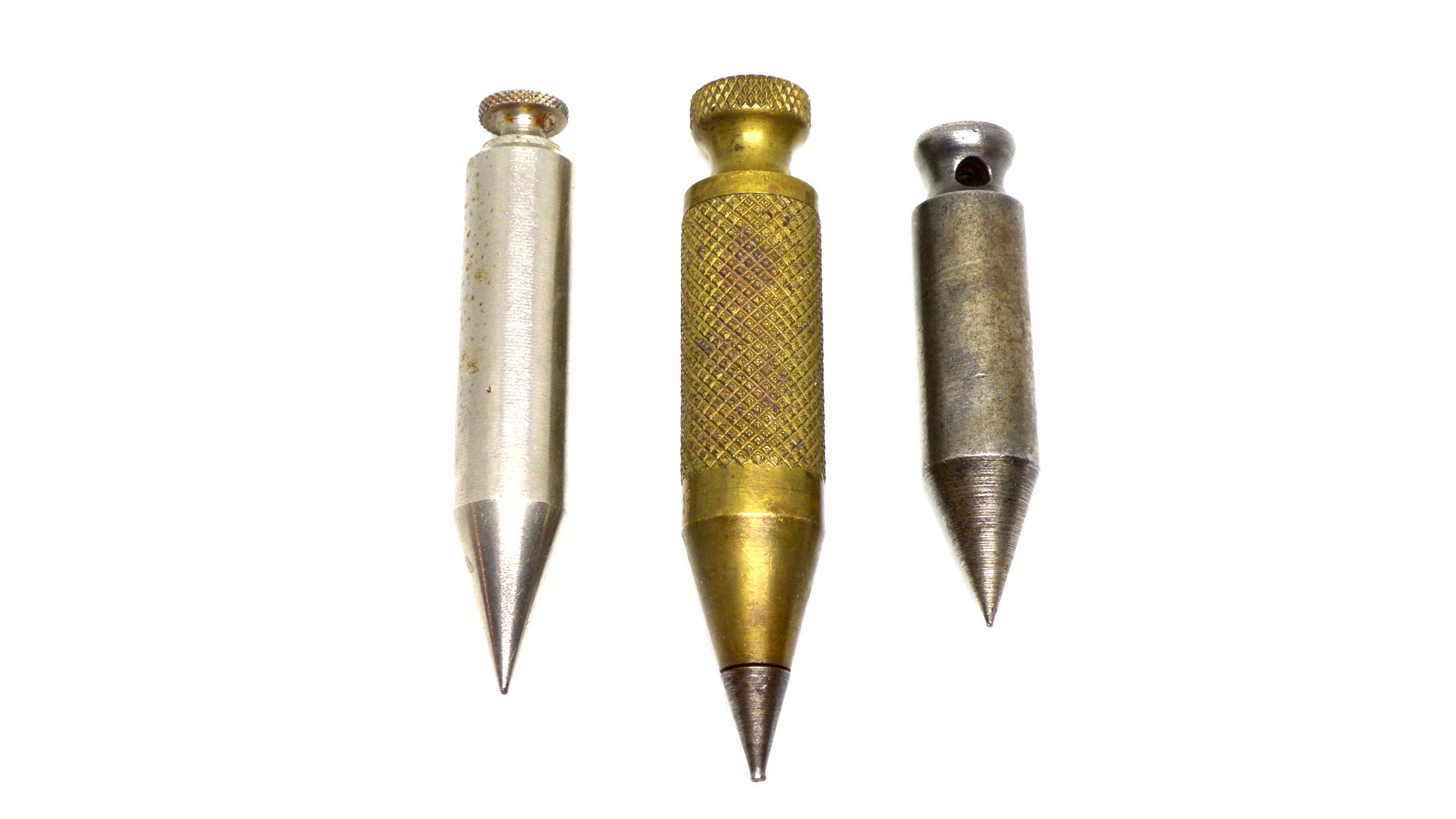
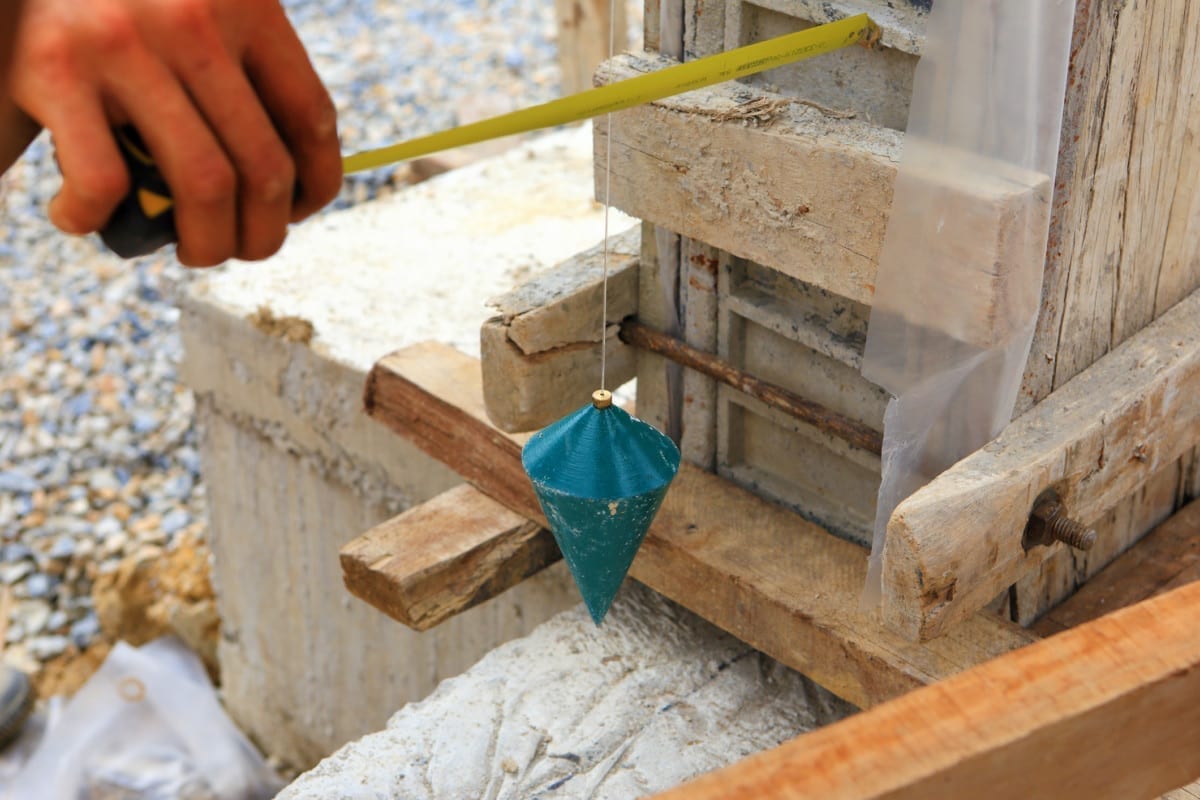
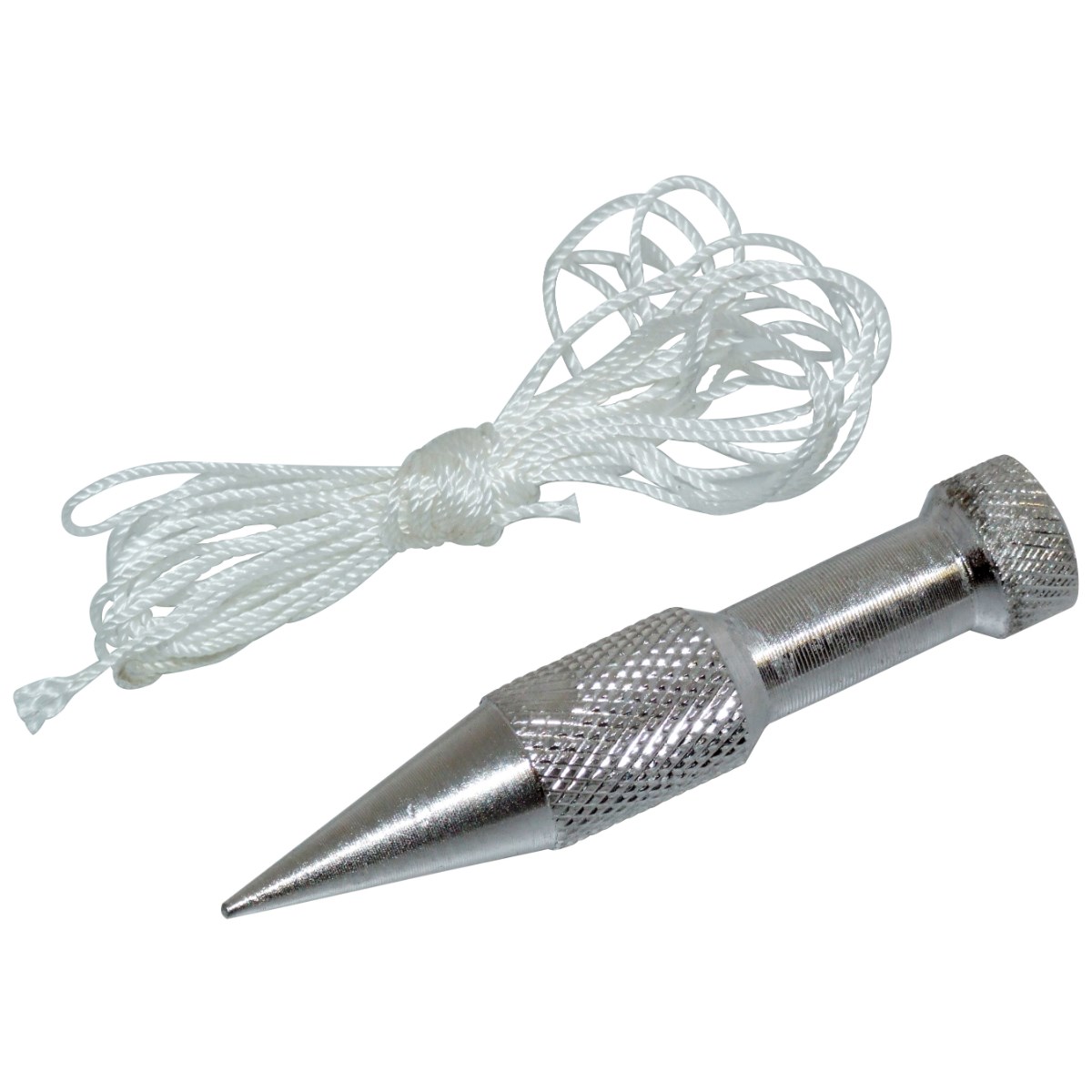


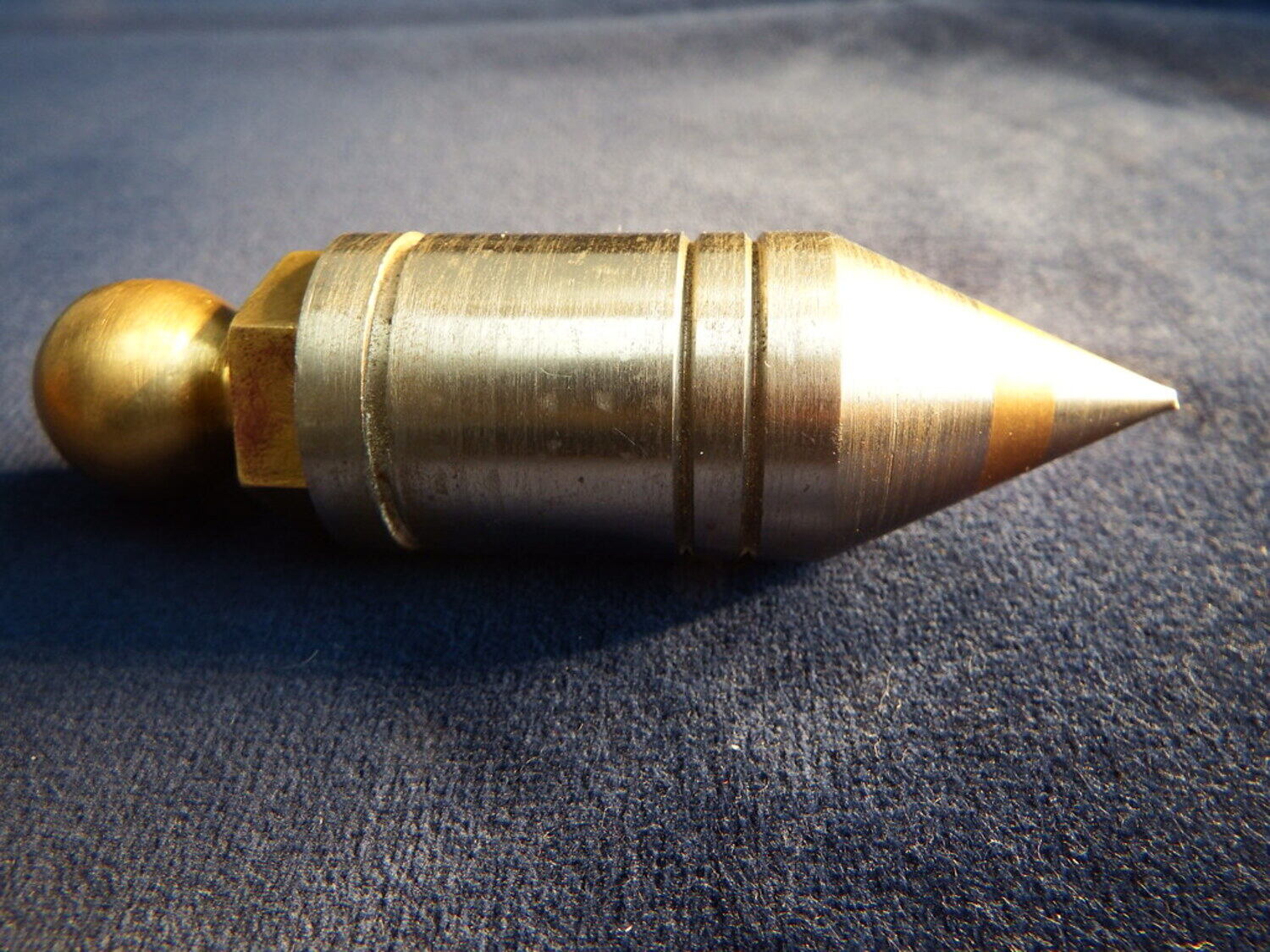

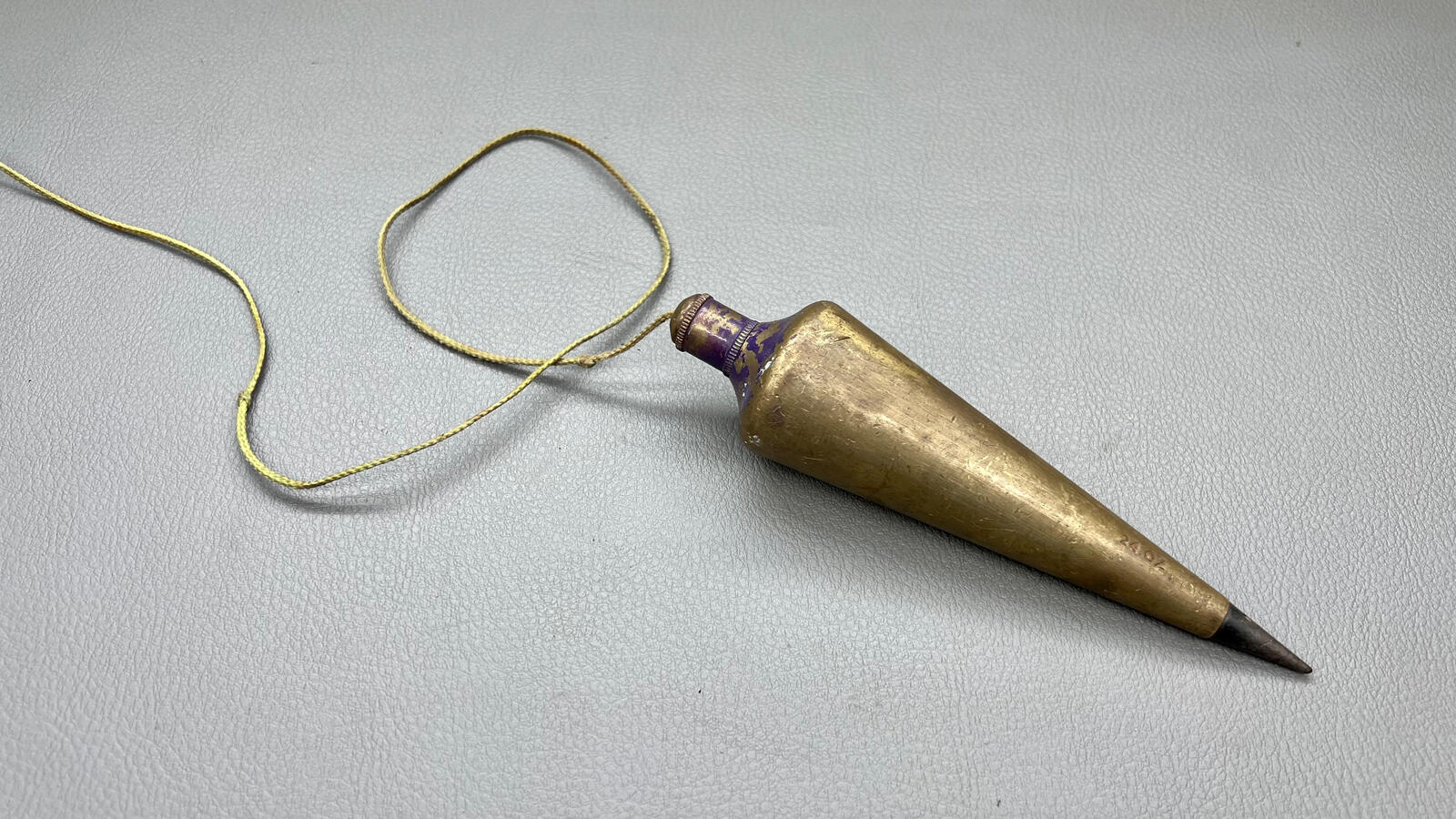
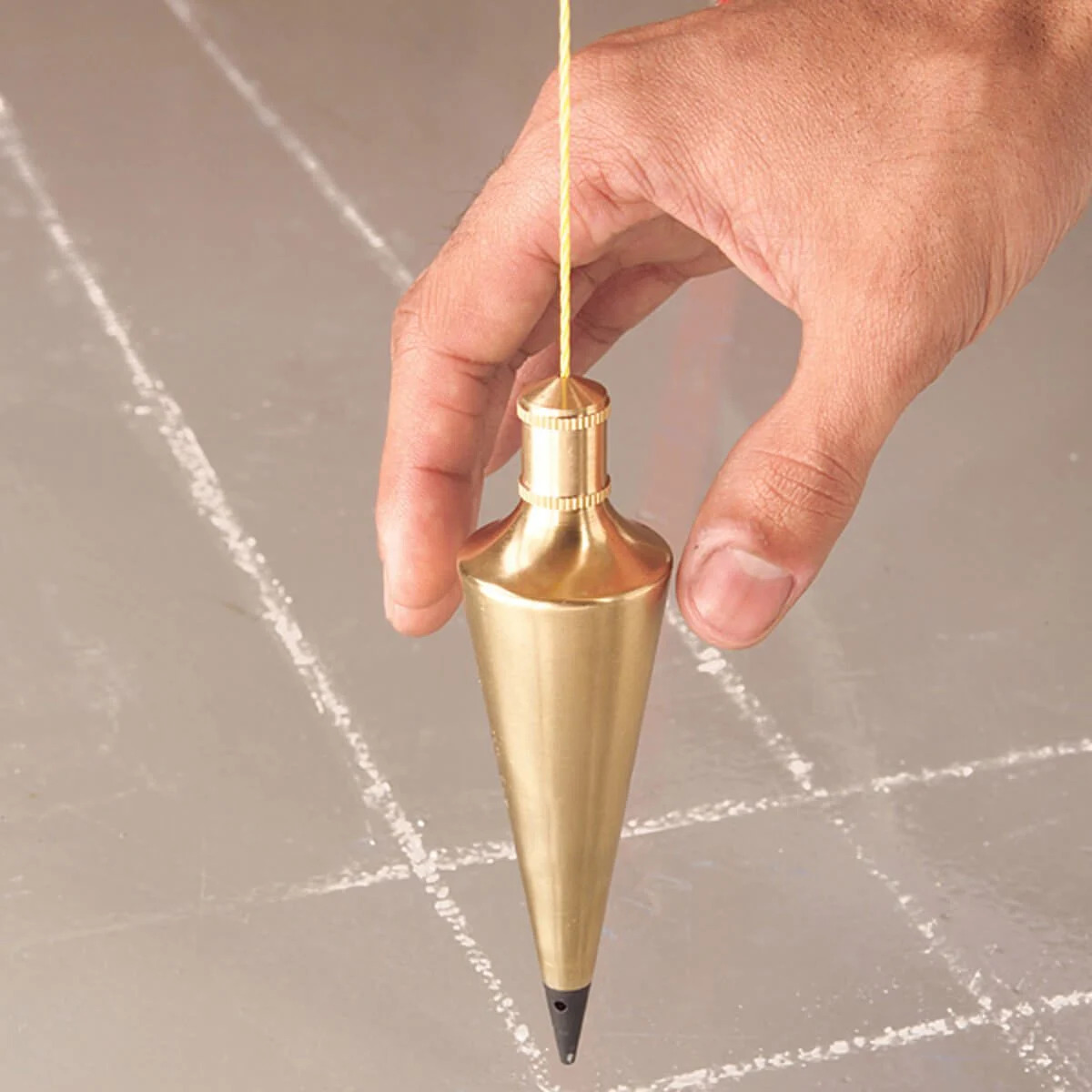


0 thoughts on “Why Do They Call It A Plumb Bob”